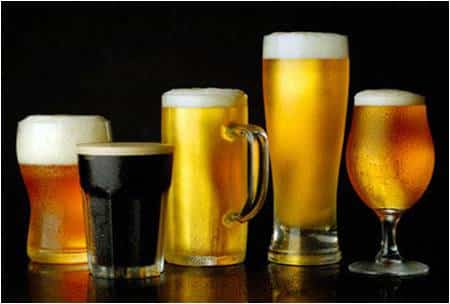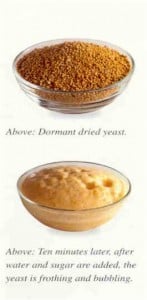While the title of the article has been inspired by Valentine’s Day that’s just passed, it brings fond memories of the 1984 film, Romancing the Stone, starring Michael Douglas, Kathleen Turner & Danny DeVito. I had seen this film when I was in college but after seeing it recently, a thought came to mind: A second take on many things in life offer a much deeper and meaningful experience. Might I say, a different sort of a romance.
So, to you, the avid beer guzzler, is it time to start romancing the beer? I don’t mean taking the bottle and embracing it or using it as a prop in your adventurous sexual life, but thinking about what beer is and what it means to you. If you do that, I guarantee you that there is romance in beer.
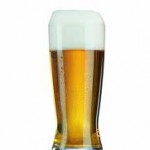
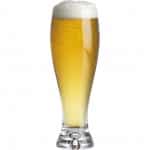
Until 2006, my experience with beer had been only the yellow liquid that is served in every bar in this country. Fortunately, I now know that wasn’t beer. Beer in India is a watered down example of either the German beer style called ‘Lager’ or the beer from Pilzen, Czech Republic called ‘Pilsner’. These beer styles are very popular and if one tasted authentic examples, they would realize that what we drink in India doesn’t even come close. In the quest to produce beers that appeal to everyone at the cheapest price points, large commercial breweries have re-defined beer for which one needs to ‘acquire’ a taste. Really? Try a German style wheat beer (ale) if you travel to Germany. It’s really tasty! Along this realm, I believe beers are delicious. To get you on the path to romancing the beer, here is what I recommend:
Go to a bar of your choice, on Valentine’s Day if you like, with a bunch of your friends and ask for the varieties of beer available at the bar. Avoid anything that has a bird on it in its myriad forms and anything that they call ‘lager’ or ‘pilsner’. Look for imports or for locally produced craft beers. Fortunately, there are many locally producing craft breweries in Mumbai, Pune, Bangalore and Gurgoan.
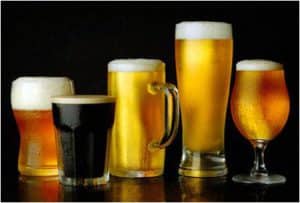
Just like there is so much to experience in the food realm, beer also has a plethora of adventures to offer. First, let’s get some basics hashed out: Beer is an alcoholic beverage that is made with water, barley malt, hops and yeast. Combining these ingredients in different ways produces different types of beer. Just like your good old ‘daal’.Guju daal, Sindhi daal, Punjabi daal….
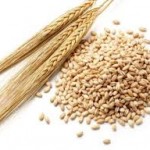
Malt is either malted barley or malted wheat. It is a source of starch that gets converted into sugar by naturally occurring enzymes. This sugar from malt is required by the yeast for growth through a process called fermentation that produces alcohol and carbon dioxide as by-products and ultimately, what we call beer.
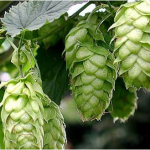
Hops are vinous plants that grow in temperate climates and produce hop cones (female flowers are what everyone wants!) that contain Alpha Acids for bittering and essential oils for aroma and flavour. Extracted sugar from malted grains is very sweet. It is essential to balance the sweetness or, go over the top if you like, by adding bittering hops. Aroma hops are added to extract aroma and flavour.
If the water is good for drinking, it is good for beer. Some things to consider are: it should be colourless, odourless and tasteless. Yes, it is that simple.
Yeast is a unicellular fungus that is critical for making beer. There is lager yeast & ale yeast. Lager yeast ferments at a lower temperature of 8C – 10 C and produces beers that let malt & hop flavour shine. But, if fermentation is hurried, the result is disappointing. Ale yeast on the other hand ferments between 16C – 22C. Due to the higher temperature, ale yeasts produce esters (basically aromas and flavours not found in lagers) which make them unique. That, in my opinion, is fabulous. Yeast ferments the sugars and produces alcohol and carbon dioxide. In other words, BEER!
What’s next? Knowing the basics form the basis for your romance. Go out there and never ever drink the yellow liquid they call beer. Romance the colours, aromas and the flavours of lagers and ales that can be of hues ranging across the entire colour spectrum.As for taste, less said the better. Let your senses guide you!
You, the avid beer drinker, have just learnt the art of Romancing the beer!
This article is contributed by Navin Mittal
